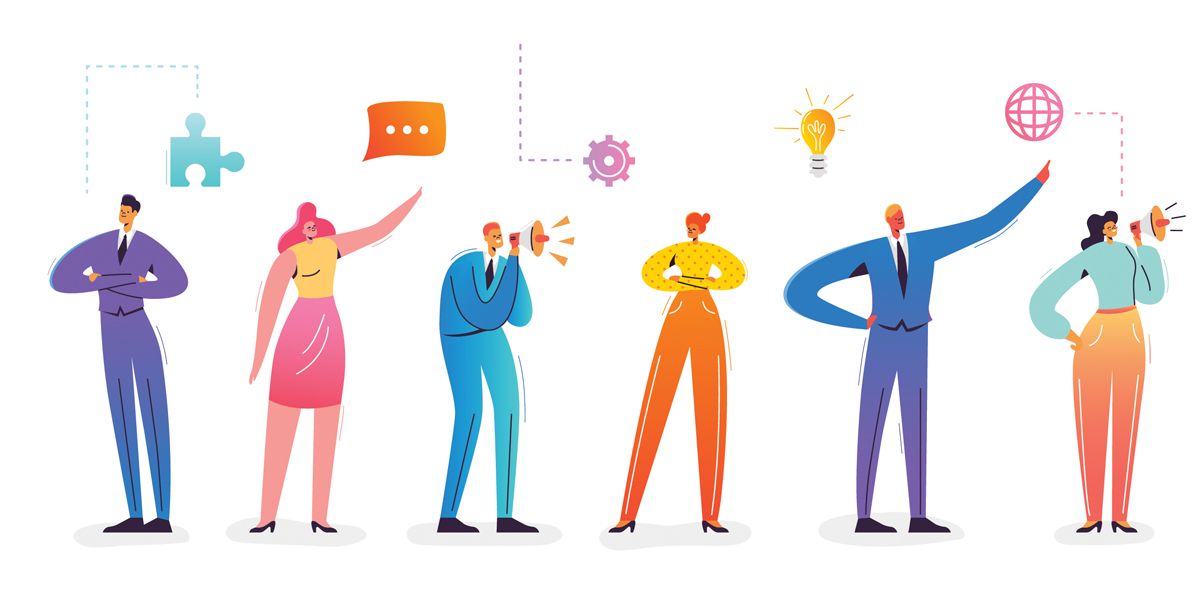As artificial intelligence (AI) continues to transform our world, many wonder what its impact will be on diversity and inclusion. Some argue that AI has the potential to promote equality and break down barriers, while others fear that it could perpetuate bias and discrimination. The impact of AI on diversity and inclusion is a multifaceted and complex issue that requires thoughtful consideration. It examines how AI can perpetuate systemic inequality by perpetuating biases in data sets and algorithms. At the same time, it offers opportunities to identify and address inequality areas within organizations and develop tools that can promote inclusion and equity. In light of these considerations, it is important to critically assess the role of AI in shaping our society and to take proactive steps to ensure that it is developed and implemented to promote diversity and inclusion for all.
In this blog, we will explore this important topic, examining the evidence and considering the implications for the future.
The Role of AI in Diversity and Inclusion
On the one hand, AI has the potential to help promote diversity and inclusion. For example, it can help identify patterns of inequality in organizations, such as disparities in hiring, promotion, or pay, and provide data-driven insights for addressing these issues. AI can also help remove human bias from decision-making processes, ensuring that decisions are made fairly and objectively. Additionally, AI can facilitate communication across language barriers and help make technology more accessible to people with disabilities.
On the other hand, AI can also perpetuate bias and discrimination. This is because AI systems are only as unbiased as the data they are trained on. If the data is biased, the AI system will also be biased. For example, facial recognition technology is less accurate for people of colour, as it has been primarily trained on data sets of white faces. This can result in real-world consequences, such as falsely identifying innocent people as criminals.
Tips for Promoting Diversity and Inclusion with AI
Despite the potential pitfalls, there are steps that organizations can take to promote diversity and inclusion with AI. Here are a few tips:
Use diverse data sets:
To avoid perpetuating bias, it's essential to use diverse data sets when training AI systems. This means ensuring data sets represent different races, genders, ages, and demographics.
Monitor AI systems for bias:
Regularly monitoring AI systems for bias can help identify and correct any problems. This can involve testing the system with different demographic groups and checking for outcome disparities.
Involve diverse teams in AI development:
Ensuring that diverse AI development teams can help identify and correct biases in the data sets and algorithms. It can also help ensure that AI systems are designed with the needs of diverse populations.
Use AI to promote diversity and inclusion:
AI can be used to help identify and address areas of inequality within organizations. For example, it can analyze pay gaps, identify hiring biases, or facilitate communication across language barriers.
Looking to the Future
AI has the potential to promote diversity and inclusion, but it requires intentional effort and attention to ensure that it does so. By using diverse data sets, monitoring for bias, involving diverse teams in AI development, and using AI to address areas of inequality, organizations can help ensure that AI promotes equality and breaks down barriers. However, it's essential to remain vigilant and monitor AI systems for bias as new technologies and applications emerge. Depending on how it's developed and implemented, AI can help or hurt diversity and inclusion. It's up to us to ensure that AI is used to promote equality, fairness, and inclusion for all.

